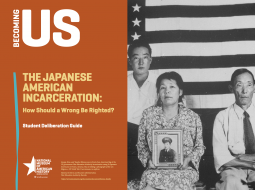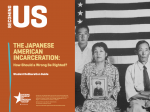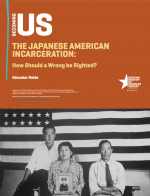On February 19, 1942, about two months after Japan bombed Pearl Harbor and brought the United States into World War II, President Franklin D. Roosevelt issued Executive Order 9066, which paved the way for the forced removal of over 120,000 people of Japanese ancestry living on the West Coast and in southern Arizona. They were made to leave their homes, job1s,9an6d3businesses and go to barbed-wire-encircled camps, where many would remain until the war’s end. Although Executive Order 9066 ceased to be enforced toward the end of World War II, it would not be terminated for decades to come.
At a White House ceremony on February 19, 1976, President Gerald R. Ford finally terminated Executive Order 9066 by official proclamation. “We now know what we should have known then,” Ford declared. “Not only was that evacuation wrong, but Japanese Americans were and are loyal Americans.” He asked all Americans to join him to ensure “that this kind of error shall never be made again.”1 Ford’s proclamation marked a growing awareness of the wrong that had been done to Japanese Americans during World War II. Most Japanese Americans welcomed Ford’s gesture. But some saw it as only a small first step toward justice. They had long been asking how the wrong could be righted.
Imagine that you are there, in 1976, among the many Americans who plan to celebrate two hundred years of US independence. However, you have become aware of how the United States failed in its commitment to “liberty and justice for all” through its treatment of Japanese Americans. After you read this guide, you will be asked to deliberate the best ways to address this injustice from the perspective of someone who has just learned of Ford’s proclamation. But before you join the deliberation about what form justice should take, it is important to understand more about the history of Japanese Americans in the United States.



